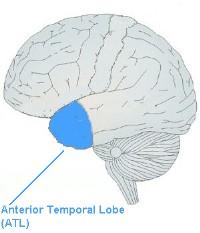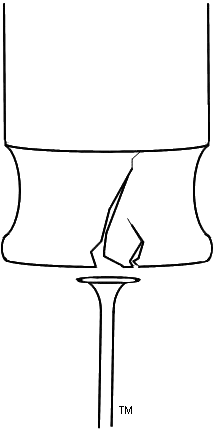There's an interesting article at the
Talking Brains blog that gets our bearings and discusses our current understanding of the relationship between Broca's area and speech. If you are still of the old notion, that it is the area that —working with Wernicke's area— is singularly responsible for syntactical construction of sentences (as I was), this will be a worthwhile read:
20100527:
Syntax found in the brain -- not in Broca's area

BA15? No, not BA15. [note 1]
|
The above blog post gives a good overview with a nice sequence-line of how we got from the old understanding to the new (it has been a progression). It then puts a nice bow on the whole thing by describing a new study that provides strong observational evidence for the notion that the anterior temporal lobe has—at least—something to say about processing language and grammatical structure.
This is just my take (which could be very wrong), but I think what has been going on here is that understanding of the brain has been refining our understanding of linguistics, which has in turn, been refining our understanding of the brain. . . But that situation may be changing.
Grammatical rules, while being a nice way to talk about sentences, may not be something for which there is a directly correlated, and nameable brain structure. Again, it's just my hunch, but the connections between verbal communication and things like metaphor, and even dance (with the help of the
brain constructs now believed to effect metaphor) seem to be part of what is becoming a much more complete understanding of the processes underlying speech. Our facilities for making metaphorical-conceptual connections between verbal communications, other forms (modes) of stimulus, and other forms of physical expression, seem to be emerging as the underlying causes of grammatical structure.
As our knowledge of the underlying brain mechanisms grows, sentence-structure is looking more like the old clockwork models of the solar system and universe. It is an abstract system of notation which was designed and developed to let us represent and model observable characteristics of the language itself. The language being modeled, however, was merely the end result of underlying processes that were (like the laws of gravity and motion in days past) totally hidden from us.
Understanding of language structure will be updated by our—now exploding—understanding of its causes. Of that I have no doubt. Right now, however, there seems to be a non-linear jump in what we're learning about the brain processes that lead to grammatical sentence structure.
-djr
. . . . . . .
Also:
= = = = = = = = = = =
NOTE 1. - Perhaps
BA15
 Stand Out Publishing
Stand Out Publishing
